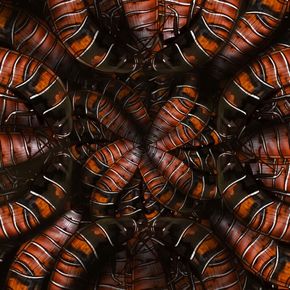Breakthrough material in robotics and a new way for the robotic hand
A spongy, self-repairing and electrically conductive material made of polymers and liquid metal has been developed at Carnegie Mellon University. This substance, which combines the best features of gel and metal, has been used in a robotic slug. It could be used in self-repairing electronic circuits, biological monitors for measuring heart and muscle activity, and robotic nervous systems. The new substance is stretchable and soft, like living tissue. If it tears apart, all it takes is to contact the edges together, and the material’s molecular bonds will quickly reconstitute themselves without additional heat or chemical treatment.
Researchers at the University of Cambridge have designed a robotic hand to grasp and hold objects using only wrist movement and sensors in artificial skin. This mechanical hand does not need to move its fingers, making the new technology cheap and energy efficient. According to the researchers, the human hand is so complex that replicating all of its capabilities in a robot could be a huge scientific challenge, so this project represents an opportunity to develop affordable robotics.
Which is more sensitive and intelligent: the Alexa speaker or the Roomba hoover? According to children aged between four and eleven taking part in a study conducted by Duke University developmental psychologists, Alexa has more human thoughts and emotions than Roomba. Despite the perceived difference in intelligence, children noted that neither device deserved to be yelled at or harmed.

























